Modtaget via elektronisk post. Der tages forbehold for evt. fejl
Europaudvalget
(Alm. del - bilag 1546)
landbrugsministerråd
(Offentligt)
Medlemmerne af Folketingets Europaudvalg
og deres stedfortrædere
Bilag
1
Journalnummer
400.C.2-0
Kontor
EU-sekr.
16. juli 2001
Til underretning for Folketingets Europaudvalg vedlægges Fødevareministeriets grundnotat om forslag til Kommissionens forordning om
ændring af Kommissionens forordning (EF) 466/2001 af 8. marts 2001 om fastsættelse af grænseværdier for bestemte forurenende stoffer i
levnedsmidler og udkast til Kommissionens henstilling til reduktion af indholdet af dioxiner i fødevarer, dokument SANCO/0384/01-rev2 og
SANCO/0385/01-rev2.<>
Ministeriet for Fødevarer, Landbrug og Fiskeri
om forslag til Kommissionens forordning om ændring af Kommissionens forordning (EF) 466/2001 af 8. marts 2001 om fastsættelse
af grænseværdier for bestemte forurenende stoffer i levnedsmidler og udkast til Kommissionens henstilling til reduktion af
indholdet af dioxiner i fødevarer
Dokument SANCO/0384/01-rev2 og SANCO/0385/01-rev2.
Resumé
Forslaget vedrører fastsættelse af maksimalgrænseværdier i fødevarer samt en henstilling til fastsættelse af aktionsgrænser for dioxin med henblik på en reduktion af
dioxiner og PCB i fødevarer. Forslaget er baseret på risikovurdering foretaget af Den Videnskabelige Komité for Levnedsmidler den 22. november 2000 af dioxin og
dioxinlignende PCB i fødevarer.
Der kan ikke ud fra den begrænsede viden om indholdet af dioxin i fødevarer på det danske marked vurderes, om de foreslåede maksimalgrænseværdier øger
beskyttelsesniveauet.
Baggrund
Kommissionen har den 27. juni 2001 fremsendt reviderede arbejdsdokumenter med forslag til Kommissionens forordning om ændring af
Kommissionens forordning (EF) 466/2001 af 8. marts 2001 om fastsættelse af grænseværdier for bestemte forurenende stoffer i levnedsmidler
samt udkast til Kommissionens henstilling til fastsættelse af aktionsgrænser for dioxin i fødevarer med henblik på reduktion af dioxiner og
PCB i fødevarer.
Da forslagene foreligger som arbejdsdokumenter, må det forventes, at der kan ske ændringer i de omfattede produkter samt grænseværdiernes
størrelse.
Forslaget til Kommissionens forordning er fremsat med hjemmel i Rådets forordning (EØF) nr. 315/93 af 8. februar 1993 om fastsættelse af
fællesskabsprocedurer for forureninger i fødevarer, særligt artikel 2. Udkastet til Kommissionens henstilling om reduktion af dioxiner og PCB i